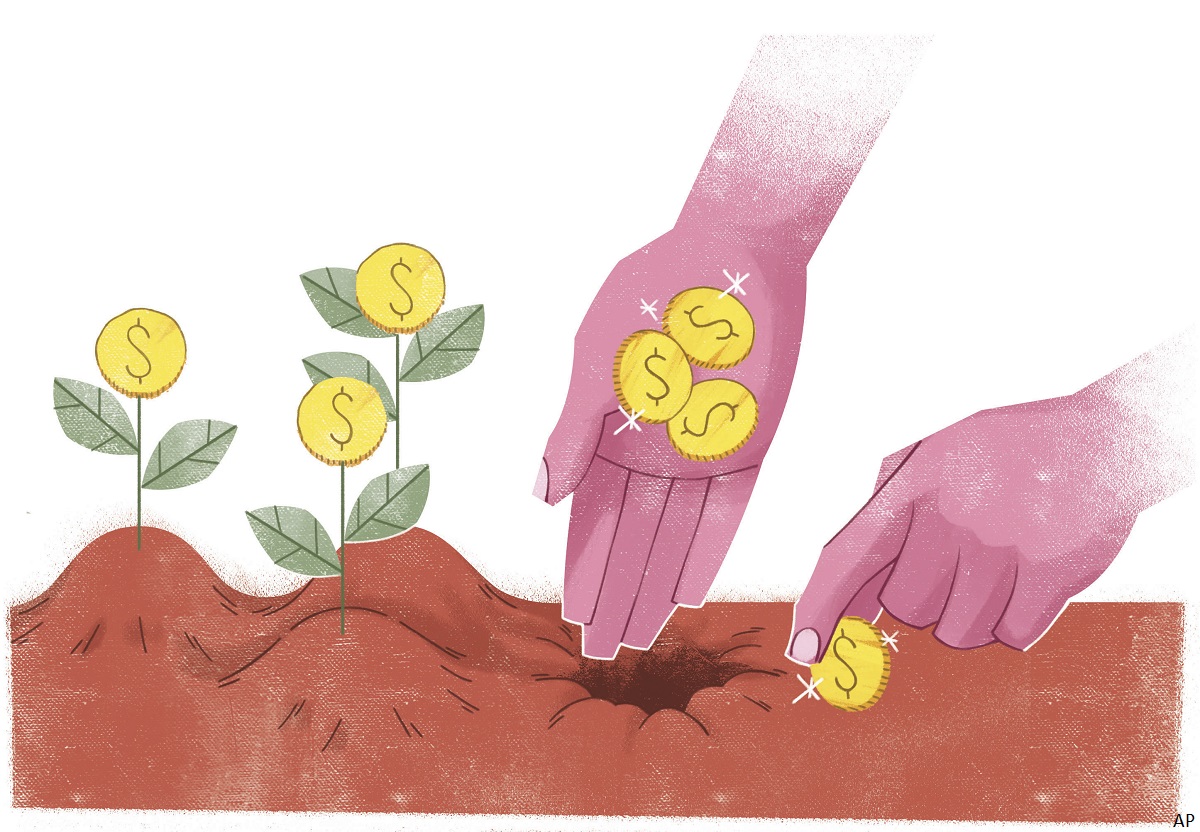
Dividend funds are a double-edged sword. They can be among the best long-term investments or the worst, depending how they are assembled. When done well, their portfolios can be an excellent way to tap into cheap stocks with strong fundamentals. When done poorly, the fund can fall victim to value traps, which are stocks whose prices drop alongside their deteriorating businesses.
This year, we upgraded four dividend ETFs’ Process Pillar ratings to High from Above Average because of their steady approaches, resilient portfolios, and strong risk/reward profiles. Each of these Gold-rated ETFs makes a great core holding, and investors of these funds can expect steadier performance than most peers without giving up returns.
- Schwab U.S. Dividend Equity ETF SCHD
- Vanguard High Dividend Yield ETF VYM
- Vanguard Dividend Appreciation ETF VIG
- Vanguard International Dividend Appreciation ETF VIGI
The first ETF is Schwab U.S. Dividend Equity ETF, ticker SCHD. This strategy looks for companies with a long track record of paying dividends and solid yield expectations, then scores them on a series of quality metrics, like return on equity and five-year dividend-growth rate. Top-scoring companies are added to the portfolio until reaching 100 firms.
Companies are then weighted by market cap, which leverages the market’s opinion of the stock for sizing the fund’s bets. This fund reduces concentration risk by capping each stock’s weight at 4% and each sector weight at 25%. The resulting portfolio carries a solid dividend yield and exposure to both value and quality factors, which should provide market-beating performance in the long run.
So far, the fund has delivered on that promise. Over the past 10 years, SCHD’s return falls in the top-two percentile of funds in the large-value Morningstar Category, and it has done so with below-average volatility. It currently ranks as the top ETF in its category by 10-year Sharpe ratio, a measure of risk-adjusted return. We expect this fund to continue to outperform in the long run.
A Balance Between High Yield and Risk
The next ETF, Vanguard High Dividend Yield ETF, ticker VYM, strikes a balance between higher yield and the inherent risks. It starts with all U.S. large- and mid-cap stocks, excluding REITs, and ranks them by their expected dividend yield over the next year. It then selects the higher-yielding half of eligible dividend-paying stocks and weights them by market cap.
Market-cap weighting provides a few advantages for this fund: First, it keeps turnover and related trading costs low; second, it pulls the portfolio toward larger and more stable stocks; and third, it shouldn’t overweight value traps, instead avoiding doubling down on some of these companies like some of their peers’ index rules require. Value traps can still make their way into the portfolio, but they should have little impact due to the weighting scheme and the fund’s well-diversified portfolio of over 450 stocks.
VYM hasn’t reached SCHD’s high-flying returns, but it did tamp down risk even further. It should continue to provide solid upside while cutting risk down in the long run.
ETF Bets for Increasing Dividends
Last on my list are two ETFs that share the same strategy in different geographies, Vanguard Dividend Appreciation ETF, ticker: VIG, and Vanguard International Dividend Appreciation ETF, ticker: VIGI. These ETFs only considers companies that have had a 10-year history of increasing dividend payments, which immediately narrows the pool to high-quality, stable businesses.
These strategies sort stocks by their indicated dividend yield and eliminate those that land in the top quartile, eliminating stocks most likely to cut their dividends and allowing the fund to maintain a tight focus on firms that will continue growing dividends in the future.
High-quality stocks don’t come cheap. Stability takes priority over yield for this fund, which pulls the portfolio away from value stocks and into the large-blend Morningstar Category for VIG and foreign large-growth for VIGI. Still, VIG carries more of a value bent than the broader market, and VIGI exhibits a minimal growth tilt. The secret sauce of these strategies is quality—a winning factor exposure that has produced fantastic, albeit boring, performance.
VIG’s 10-year Sharpe ratio beat SCHD’s, although with lower returns and volatility. Of the funds on my list, VIG experienced the shallowest drawdowns, further cementing its defensive chops. And this strategy has also had success abroad. VIGI exhibits similar characteristics to the U.S. strategy, with the hallmark quality exposure and low-volatility portfolio. Both ETFs make for great all-weather holdings for investors.






:quality(80)/cloudfront-us-east-1.images.arcpublishing.com/morningstar/OMVK3XQEVFDRHGPHSQPIBDENQE.jpg)















